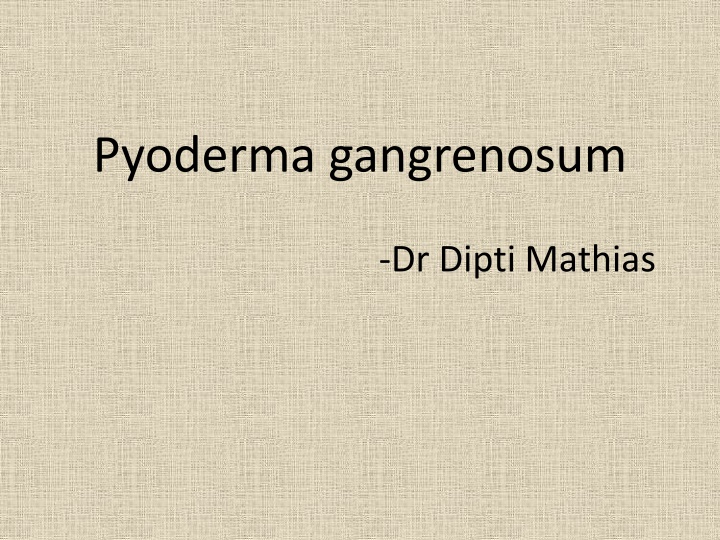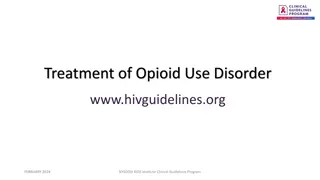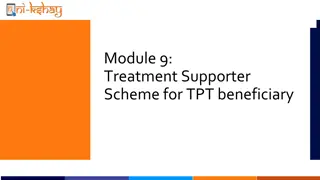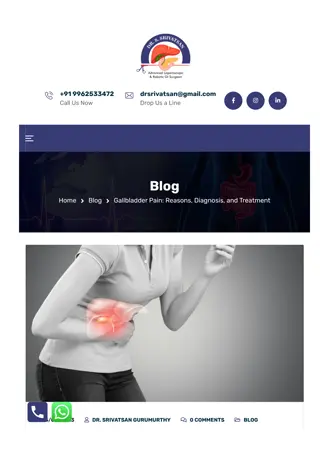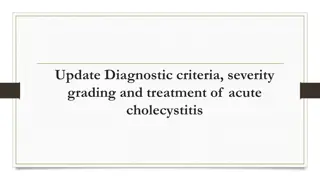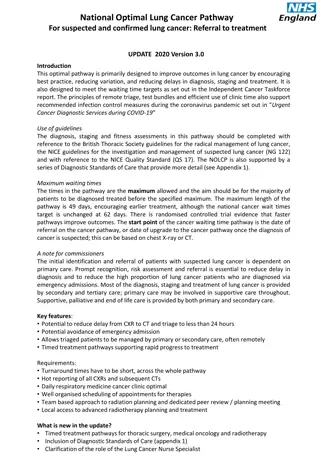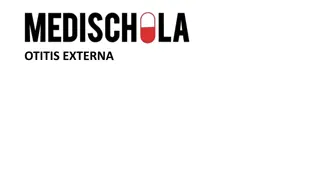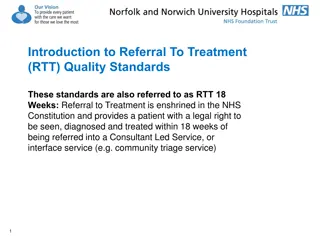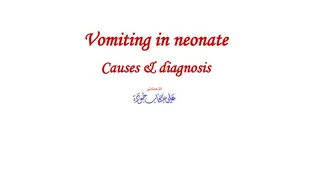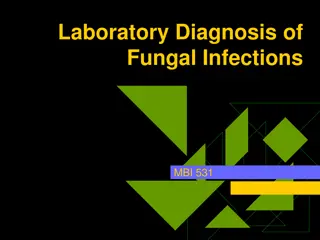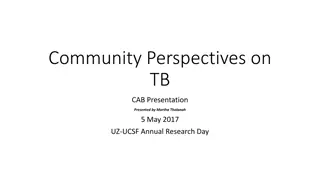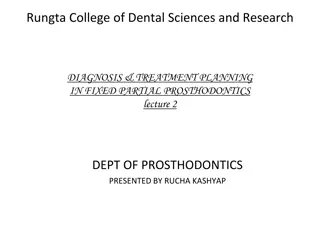Diagnosis and Treatment of Pyoderma Gangrenosum
Pyoderma Gangrenosum is a rare skin disorder characterized by ulcerative skin lesions. This case study presents a young male with pustules and erythematous plaques, along with details of examinations, investigations, and provisional diagnosis. Treatment involved IV antibiotics, corticosteroids, and biopsy for confirmation. Images and test results provide a comprehensive overview of the condition.
Download Presentation

Please find below an Image/Link to download the presentation.
The content on the website is provided AS IS for your information and personal use only. It may not be sold, licensed, or shared on other websites without obtaining consent from the author.If you encounter any issues during the download, it is possible that the publisher has removed the file from their server.
You are allowed to download the files provided on this website for personal or commercial use, subject to the condition that they are used lawfully. All files are the property of their respective owners.
The content on the website is provided AS IS for your information and personal use only. It may not be sold, licensed, or shared on other websites without obtaining consent from the author.
E N D
Presentation Transcript
Pyoderma gangrenosum -Dr Dipti Mathias
Pramod/24 Y/M/Unmarried Pustules over the right cheek
Erythematous Indurated plaque Pustules Erosions Crusting Violaceous border
Inj.Monocef 1gm IV 12 hourly Inj.Metrogyl 500mg IV 12 hourly Inj.Linezolid 600mg IV 12 hourly Inj.Piperacillin tazobactam 4.5g IV 8 hourly Sofratulle dressing with soframycin twice daily
General examination Conscious, cooperative, well oriented Patient was febrile-102.2 F P-100bpm R/BP- Normal No pallor, icterus, cyanosis, clubbing, lymphadenopathy Systemic examination- NAD
Investigations Hb-7.9 TLC-20,000 P-80% L-10% E-02% M-08% Platelet count- 3.20 L/cumm CRP + LFT/RFT-N Blood sugar-N S.Electrolytes-N USG Abdo/Pelvis-WNL Pus C/S-no growth
Provisional diagnosis Pyoderma gangrenosum Probable differentials Cellulitis Ecthyma gangrenosum Necrotising insect bite
A 4 mm punch biopsy was sent for HPE Meanwhile i/v/o strong clinical suspicion of PG Inj. dexamethasone 4mg IV 12 hourly x 5 days Tab. wysolone 40mg x 2 weeks Tab. sulphasalazine 500 mg BD
HPE (H&E; 10x) Epidermis ulcerated; extravasation of RBC s and areas of thrombosis
(H&E;40x) Polymorphonuclear cell infiltrate in the superficial dermis
Diagnosis Pyoderma gangrenosum
Pyoderma gangrenosum is a rare noninfectious neutrophilic dermatosis Incidence:0.63/100,000 person-years;increasing with age Classical->Ulcerative type Small, tender, red-blue papules , plaques, pustules that rapidly evolve into painful ulcers with characteristic violaceous undermined edges Granulation tissue, necrosis or purulent exudate at the ulcer base Healing with atrophic cribriform scarring Fever, malaise,myalgia,arthralgia
Atypical parastomal pustular bullous atypical granulomatous superficial
Associations Pustular form IBD 20-30% Bullous form Haematological and visceral malignancies 5% Monoclonal gammopathies 5% Rheumatoid & seronegative arthritis 10% Thyroid disease, spondylitis, osteoarthritis, psoriatic arthritis, chronic active hepatitis, hepatitis C viral infection, primary biliary cirrhosis,SLE, complement deficiency, hypogammaglobulinaemia, hyperimmunoglobulin E syndrome, AIDS, sarcoidosis, Takayasu arteritis, HS , acne conglobata , COPD
Major criteria Rapid progression of a painful necrolytic ulcer, irregular;violaceous undermined border Minor criteria (any two) (i)H/s/o pathergy (ii)Cribriform scarring (iii)Systemic diseases known to be associated with PG (iv)Sterile dermal neutrophilia, +/- mixed inflammatory infiltrate (v)Rapid response to systemic corticosteroids
Pathogenesis Neutrophil trafficking and activation being central Predisposition to an inflammatory cascade of events Innate immunity Autoinflammatory pathways Cytokines IL 1 ,TNF , IL-8, IL-23, MMP 9
Predisposing factors Pathergy Smoking Appendicectomy E.coli PAPA Sx PSTPIP1/CD2BP1 gene
Disease course and prognosis: months to years Recurrence:16-61% Mortality of 16% over 8 years
Atypical features in our case Female Male Older Young Lower extremities Face 50% systemic associations No systemic associations
Treatment options Prednisolone 0.5-1mg/kg/day Cyclosporine 5mg/kg Pulsed prednisolone 1g/day x 5 days Biologicals:Infliximab, Adalimumab,Etanercept,Anakinra,IVIG Skin graft,granulocyte apheresis,topical sodium cromoglycate,topical nicotine,hyperbaric oxygen
Case 2-following lower segment caesarean section
